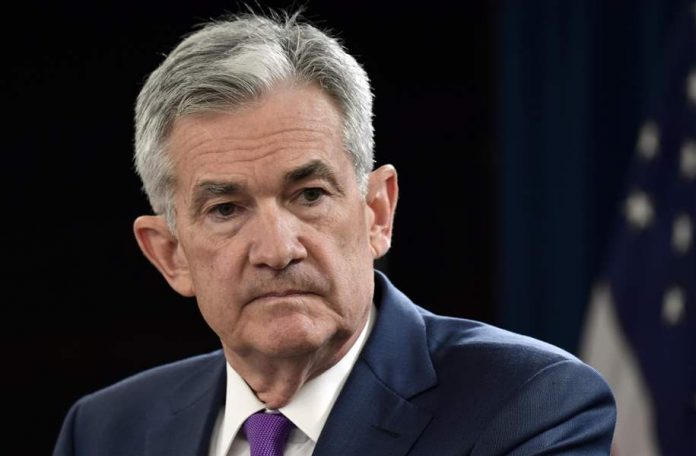Stocks rallied this morning, bursting higher from their recent lows. Fed Chairman Jerome Powell’s post-FOMC meeting remarks initially flattened the market’s returns yesterday afternoon.
Now, though, the message is clear:
Bulls are back in control.
The Fed announced that it would keep short-term benchmark interest rates unchanged. More importantly, Powell also revealed that he won’t start tapering bond purchases until the economy recovers further.
“While no decisions were made, participants generally viewed that so long as the recovery remains on track, a gradual tapering process that concludes around the middle of next year is likely to be appropriate,” Powell said.
Wall Street sees November as the most likely month in which the tapering will actually begin. The majority of FOMC members still think a rate hike won’t happen until 2023, but some members shifted their rate hike prediction to 2022. That provided a slightly more hawkish (yet still very dovish) outlook.
Powell touched on inflation, too, which has quickly become a major concern for many investors in recent months.
“For inflation, we appear to have achieved more than significant progress, substantial further progress. That part of the test is achieved in my view and the view of many others,” he explained before switching to US labor.
“My own view is the test for substantial further progress on employment is all but met.”
Earlier in the year, Powell said that the Fed wanted to see “full employment” before even considering tapering its bond-buying programs. Full employment at the time meant around 3.5% unemployment (pre-pandemic employment levels).
However, the most recent jobs report (August) showed that the US unemployment rate was 5.2%. Yes, it fell 0.2% from July’s 5.4% reading, but it was nowhere near Powell’s original 3.5% goal.
And that was enough to meet the “test for substantial further progress on employment?” It’s funny how things change when the economy is headed for a stagflationary disaster.
In reality, Powell’s probably not all that happy with employment. It’s just that he has far bigger “fish to fry” with soaring prices, particularly those related to producer costs. The August Producer Price Index (PPI) came in worse than expected earlier this month, rising 8.3% annually. It was the highest yearly PPI jump ever recorded and troubling evidence of another inflationary surge.
“Supply bottlenecks, inventory shortages, higher commodity prices, and higher shipping rates have all contributed to higher input costs,” said Allianz Investment Management’s Charlie Ripley in response to the August PPI.
″[The] data on wholesale prices should be eye-opening for the Fed, as inflation pressures still don’t appear to be easing and will likely continue to be felt by the consumer in the coming months.”
This is, without a doubt, something that the Fed needs to counteract. Powell knows it. So too does the FOMC.
But admitting that inflation is an issue could cause even more problems for the Fed. So, yesterday, Powell said that he and his colleagues were happy with inflation.
Yet in the coming months, he’ll start tapering in an attempt to beat it back. It will be too little, too late, of course. Rising producer costs will eventually trickle down to consumers. When that happens, expect some reactionary selling.
For now, though, the market’s ready to rip higher on the Fed’s continued dovishness.
Even with Powell & Co. content to simply delay the inevitable.








